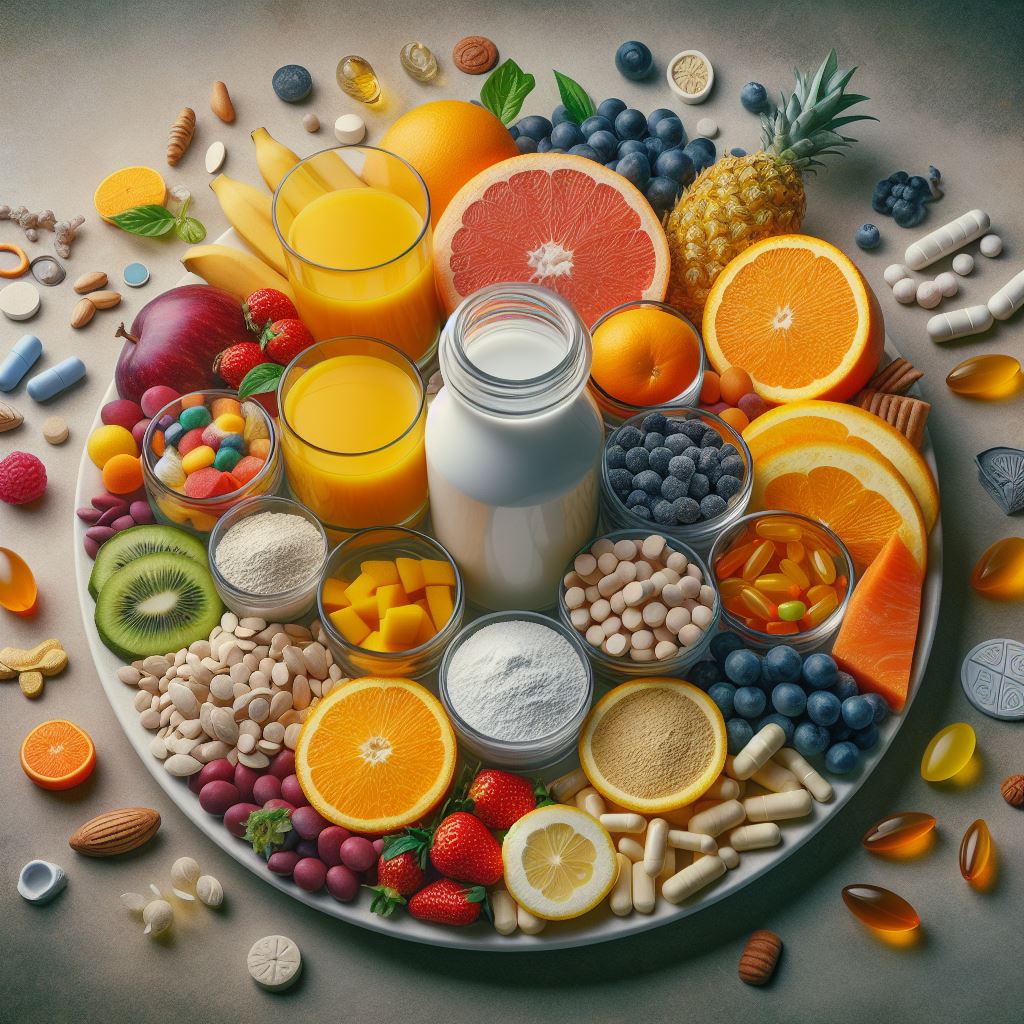Introduction
Titanium dioxide, a versatile and widely used compound, has found its way into various industries, including the realm of nutritional supplements. This limited offer brings forth an exploration into the use of titanium dioxide in vitamins, shedding light on its benefits, drawbacks, safety concerns, regulations, and broader implications on health and the environment.
Benefits and Drawbacks of Using Titanium Dioxide in Vitamins
Titanium dioxide serves several purposes in the vitamin industry, primarily as a coloring agent and a coating to enhance stability. Its inert nature makes it an ideal choice for ensuring the visual appeal and shelf life of vitamin supplements. However, like any compound, it comes with its set of drawbacks. Concerns have been raised regarding its potential to cause gastrointestinal irritation in sensitive individuals. Additionally, its use as a whitening agent may affect the taste of vitamins, impacting consumer preferences.
Safety Concerns and Regulations
The safety of titanium dioxide in vitamins has been a subject of ongoing scrutiny. While it is generally recognized as safe by regulatory bodies such as the U.S. Food and Drug Administration (FDA) and the European Food Safety Authority (EFSA), there are still reservations about its safety in certain forms and concentrations. Nanoparticles of titanium dioxide, in particular, have raised concerns due to their potential to penetrate biological barriers. Strict regulations and guidelines are in place to monitor its usage, ensuring that the concentration remains within safe limits.
How Titanium Dioxide Affects Bioavailability and Absorption of Vitamins
One critical aspect of vitamin supplements is their bioavailability, which refers to the degree and rate at which a substance is absorbed into the bloodstream. Titanium dioxide, when used in excess, may form a barrier that hinders the absorption of vitamins in the gastrointestinal tract. This can impact the efficacy of the supplement and raise questions about the actual benefits derived from the vitamins.
Alternatives to Titanium Dioxide in Vitamin Formulations

In response to concerns about the use of titanium dioxide, researchers and manufacturers are exploring alternative formulations for vitamins. Natural colorants, such as beetroot powder and spirulina, are gaining popularity as substitutes, providing a visually appealing and safe option for consumers. These alternatives not only address the concerns related to titanium dioxide but also cater to the growing demand for clean and natural labels.
The Impact of Titanium Dioxide on the Environment and Sustainability
Beyond its effects on human health, the environmental impact of titanium dioxide production cannot be ignored. The extraction and processing of titanium dioxide contribute to carbon emissions and environmental degradation. As consumers become more conscious of sustainability, the vitamin industry is under pressure to seek eco-friendly alternatives or implement responsible practices in titanium dioxide production.
Recommended Daily Intake of Vitamins and the Role of Titanium Dioxide
Understanding the recommended daily intake of vitamins is crucial for maintaining optimal health. Titanium dioxide, when used within established safety limits, plays a minor role in meeting these requirements. However, it is essential to strike a balance between the benefits of using titanium dioxide for stability and the potential drawbacks associated with excessive consumption.
Studies and Research on the Long-Term Effects of Titanium Dioxide on Vitamins
While short-term studies have provided insights into the safety of titanium dioxide in vitamins, long-term research is scarce. This gap in knowledge leaves room for speculation regarding the cumulative effects of prolonged exposure. Consumers, therefore, are advised to stay informed and vigilant, considering both short-term and potential long-term implications.
Expert Recommendations and Guidelines for Consumers
In navigating the complex landscape of titanium dioxide in vitamins, consumers should prioritize informed choices. Consulting healthcare professionals and opting for supplements with transparent labeling can empower individuals to make decisions aligned with their health goals. Moreover, staying updated on emerging research and alternative formulations can aid in making conscious and health-conscious choices.
Conclusion
In conclusion, the limited offer on the Wonderful Guide on Titanium Dioxide in Vitamins provides a nuanced exploration of a topic that lies at the intersection of science, health, and consumer choices. As we navigate the ever-evolving landscape of nutritional supplements, it is imperative to weigh the benefits against the drawbacks, considering both the immediate and potential long-term impacts. By staying informed and embracing alternatives, consumers can make choices that align with their health and sustainability goals.
Key Takeaways:
- Titanium dioxide is commonly used in vitamins as a coloring agent and coating for stability.
- Benefits include visual appeal and extended shelf life, but drawbacks involve potential gastrointestinal irritation.
- Safety concerns exist, especially regarding nanoparticles, leading to strict regulations by authorities.
- The bioavailability and absorption of vitamins may be impacted by the excessive use of titanium dioxide.
- Alternatives like natural colorants aim to address health and environmental concerns.
- The environmental impact of titanium dioxide production raises sustainability considerations.
- Consumers should be aware of the recommended daily vitamin intake and the role of titanium dioxide.
- Limited long-term studies necessitate vigilance and informed decision-making by consumers.
- Expert recommendations include consulting healthcare professionals and opting for transparently labeled supplements.
Surprisingly Powerful Effects Of Titanium Dioxide In Supplements





